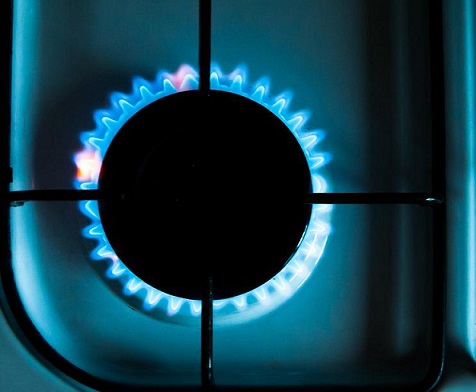On Tuesday, the Financial Times reported that amid fears of an impending shortage in supplies, energy companies from the EU and China are scrambling to secure shipments of US liquified natural gas (LNG).
US LNG suppliers have been signing long-term contracts with a number of energy companies in Europe, and with Chinese energy company ENN over the last few weeks. Although current demand is fueling investment in the United State’s LNG infrastructure, analysts note that it will take two to three years to manifest in additional production and export capacity, according to FT.
In March the International Energy Agency (IEA) issued an analysis noting that this year would see a “very low” amount of new LNG capacity hitting the global market, while energy consultancy S&P Global predicted an even smaller amount than the estimate by the IEA.
Demand for LNG surged in 2022, following the onset of the conflict in Ukraine, as Western sanctions and other factors drastically reduced shipments of natural gas from Russia to Europe, and the continent was forced to scramble to fill gas reserves for the winter heating season. The EU ended up swapping cheap Russian pipeline shipments for imports of LNG, mostly from the US and Qatar, which drained LNG shipments which had been destined for Asia.
Between 2021 and the end of June 2023, the FT reported that according to data from S&P Global, nearly 40% of US LNG supply contracts were for delivery to Europe and China. In 2021 and 2022, China contracted for large volumes of American LNG, however in the current year demand has dropped. The FT noted that data shows that for 2023, China’s demand for US LNG has been outpaced by European countries such as France, Spain, and the UK.
China has shifted its purchases of LNG toward Russia, following Russia offering its energy at a discount to Asia. Western sanctions imposed due to the war in Ukraine have closed off Western markets to Russian fuel, or sought to make sales to Western nations unprofitable.
As a result, according to official figures, pipeline deliveries to China via the power of Siberia pipeline were up by 49% compared to 2021, and shipments of LNG increased by 35%. As these deliveries have increased, the two nations have also been increasingly replacing the US dollar with national currencies for bilateral settlements, as part of a broader drive among non-Western nations to shift their trade settlement policies away from the dollar and euro.
China has also been utilizing its currency for trade settlement with other suppliers. The UAE delivered a cargo of LNG to China in May, in a trade deal which Beijing settled in yuan.


